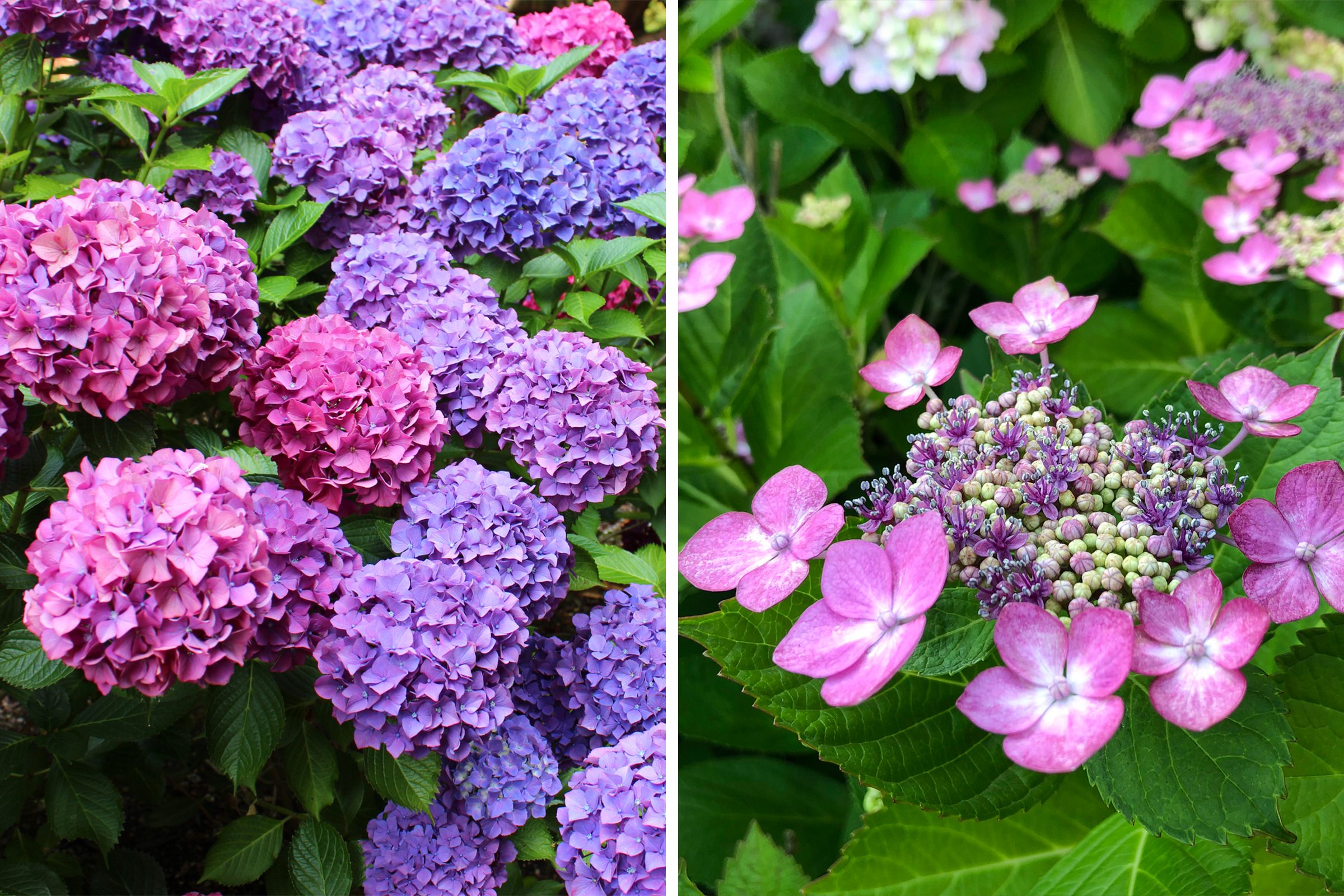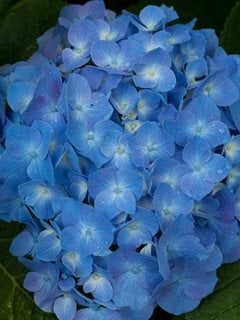Deadheading Hydrangeas In Summer: The Easy Way To Keep Your Flowers Blooming
Deadheading Hydrangeas in Summer: The Easy Way to Keep Your Flowers Blooming
Hydrangeas are beautiful flowering shrubs that can add a touch of elegance to any garden. But if you want your hydrangeas to bloom all summer long, it's important to deadhead them regularly. Deadheading is the process of removing spent blooms, which helps to encourage new growth and more flowers.
In this blog post, we'll show you how to deadhead hydrangeas in summer the easy way. We'll also discuss the benefits of deadheading, and when and how to do it.
What is Deadheading?
Deadheading is the process of removing spent blooms from a plant. This can be done by hand or with a pair of sharp shears. When you deadhead a plant, you're essentially telling it that it's time to stop producing flowers and start focusing on producing new growth.
Deadheading is an important part of hydrangea care, as it helps to keep the plant looking its best and encourages more blooms. When you deadhead hydrangeas, you're removing the spent blooms, which prevents them from setting seed. This frees up the plant's energy to focus on producing new flowers.
Benefits of Deadheading Hydrangeas
There are several benefits to deadheading hydrangeas in summer. First, it helps to keep the plant looking its best. When you deadhead spent blooms, you're removing unsightly brown and dead flowers. This makes your hydrangeas look more attractive and helps to prolong their flowering season.
Second, deadheading encourages more blooms. When you remove spent blooms, you're telling the plant that it's time to start producing new flowers. This can lead to a second or even third flush of blooms in the summer.
Third, deadheading can help to improve the color of your hydrangeas. In some cases, deadheading can help to change the color of your hydrangeas. For example, deadheading some varieties of blue hydrangeas can encourage them to bloom pink.
When to Deadhead Hydrangeas
The best time to deadhead hydrangeas is in the summer, when the first flush of blooms has faded. You can also deadhead hydrangeas in the spring, before the new blooms open. However, deadheading in the spring is not as necessary as deadheading in the summer.
If you live in a warm climate, you may need to deadhead hydrangeas more often than once a season. In these cases, you can deadhead hydrangeas every few weeks throughout the summer.
How to Deadhead Hydrangeas
Deadheading hydrangeas is a simple process that can be done by hand or with a pair of sharp shears. To deadhead hydrangeas by hand, simply pinch off the spent blooms just above the next set of leaves. If you're using shears, cut the spent blooms just above the next set of leaves.
When deadheading hydrangeas, it's important to make a clean cut. A clean cut will help to prevent the plant from developing diseases.
Troubleshooting
If you're not seeing many blooms on your hydrangeas, it's possible that you're not deadheading them frequently enough. Make sure to deadhead hydrangeas in the summer, when the first flush of blooms has faded. You can also deadhead hydrangeas in the spring, before the new blooms open.
If you're deadheading hydrangeas regularly and you're still not seeing many blooms, it's possible that your plant is not getting enough sunlight or water. Make sure to plant hydrangeas in a location that receives full sun or partial shade. You should also water hydrangeas deeply and regularly, especially during hot, dry weather.
Conclusion
Deadheading hydrangeas in summer is an easy way to keep your flowers blooming all season long. By following the tips in this blog post, you can easily deadhead your hydrangeas and enjoy their beautiful blooms for months to come.
As your hydrangeas start to bloom in the summer, you may be wondering when and how to deadhead them. Deadheading is the process of removing spent blooms, which can help to encourage new growth and more flowers. The best time to deadhead hydrangeas is in the summer, when the first set of blooms starts to fade. To deadhead a hydrangea, simply cut the stem below the flower head and just above the next set of leaves. You can also deadhead hydrangeas in the fall, but this is not as necessary as deadheading in the summer.
If you're looking for more information about deadheading hydrangeas in summer, I recommend visiting Garden Wiki. This website has a detailed guide on how to deadhead hydrangeas, as well as information on the different types of hydrangeas and when to deadhead them. You can also find helpful videos and articles on the website.
FAQ of deadheading hydrangeas in summer
- What is deadheading?
Deadheading is the process of removing spent blooms from a plant. This can be done to keep the plant looking tidy, to encourage more blooms, or to prevent the spread of diseases.
- When should I deadhead hydrangeas in summer?
You can deadhead hydrangeas in summer anytime after the flowers have finished blooming. However, the best time to deadhead is in the early morning or evening when the temperatures are cooler. This will help to prevent the spread of diseases.
- How do I deadhead hydrangeas?
To deadhead hydrangeas, simply use a pair of sharp shears or scissors to cut off the spent blooms at the base of the stem. Be sure to wear gloves to protect your hands from the thorns.
- Will deadheading hydrangeas hurt the plant?
No, deadheading hydrangeas will not hurt the plant. In fact, it can actually help to encourage more blooms. When you deadhead a hydrangea, you are removing the spent blooms, which allows the plant to focus its energy on producing new flowers.
- Should I cut the dead stems off my hydrangea?
No, you do not need to cut the dead stems off your hydrangea. The plant will naturally shed these stems in the fall. However, if you would like to remove the dead stems, you can do so in the early spring before the plant starts to bloom again.
Image of deadheading hydrangeas in summer
- Image 1: A woman wearing gardening gloves is using a pair of scissors to deadhead a hydrangea bush. The hydrangea bush is in full bloom, with large pink flowers. The woman is cutting the dead flowers off just below the flower head.
- Image 2: A close-up of a hydrangea flower that has been deadheaded. The flower head is brown and dry, and the stem has been cut just below the flower head.

- Image 3: A hydrangea bush that has been deadheaded. The bush is still full of green leaves, but the dead flowers have been removed. The bush is now ready to produce new flowers.

- Image 4: A group of hydrangea bushes that have been deadheaded. The bushes are all in different colors, including pink, blue, and white. The bushes are all healthy and green, and they are ready to produce new flowers.

- Image 5: A hydrangea bush in full bloom after being deadheaded. The bush is covered in large, colorful flowers. The deadheading has encouraged the bush to produce more flowers, and the bush is now even more beautiful than it was before.
Post a Comment for "Deadheading Hydrangeas In Summer: The Easy Way To Keep Your Flowers Blooming"